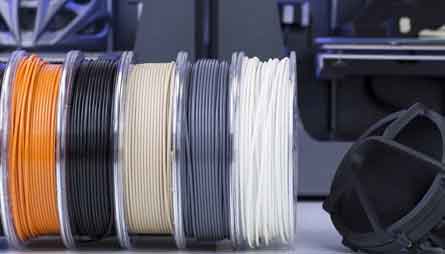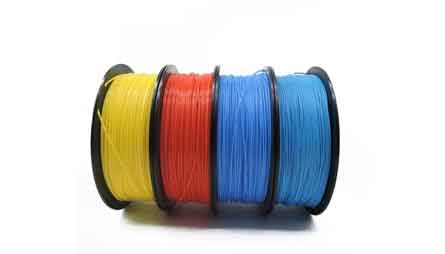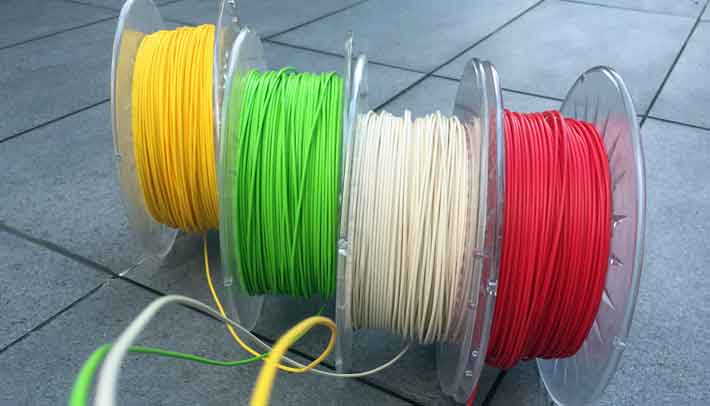If you want to know how to make 3D printer filament, you may have to try experimenting. Although you may not have much experience with 3D printing, there are some basic tips to make your own filament. The first step is to choose your 3D printer filament size. In general, 1.75mm filament is easier to work with, but you can experiment with other sizes too. Make sure you store your filament in a vacuum bag with a double zipper line so that it stays airtight.
Metal 3D printer filament

The benefits of metal 3D printer filaments are numerous. Metal is more rigid than PLA or ABS filaments, which is why objects printed from them often feel cold to the touch. Also, because metal is heavier, the objects printed from it are often less prone to shrinking. You can find metal 3D printer filaments from a variety of manufacturers. To make the most of metal, you need to choose a filament that’s compatible with your 3D printer.
One of the most popular types of metal 3D printer filaments is made of real metal powder, which is then mixed with base PLA Plastic. Because of this, the printed part will be about 3x as heavy as a standard plastic filament, but this effect is purely aesthetic. You can choose from two variants of this type of filament: Penny Copper and Vikings Bronze. They contain 80% real metal powder. This type of filament will be best suited for artists looking to create objects that resemble metal, check out this post.
Flexible filaments
Printing with flexible filaments is tricky because it is not easy to control the print speed. Because of this, it is important to use the lowest speed possible. Also, you must ensure that the infill does not get disconnected from the perimeters. Listed below are tips to help you print with flexible filaments successfully. Depending on the material, you can print at different speeds to achieve the desired effect. But remember that printing speed is crucial to successful 3D printing.
First of all, flexible filaments are available in many different colors, chemical make-ups, and hardness. This allows you to use them for a variety of applications. Generally, you can use TPU 95A on all Ultimaker models. You can also purchase an enclosure to help stabilize the printing environment. And if you’re looking to print prototypes, consider using flexible filaments. They’re perfect for prototyping and testing.
Food safe filaments
There are endless options for food safe filaments for your 3D printer, but it’s important to do your homework and make sure your chosen material is FDA-approved. Food filaments should have certain properties, such as resistance to heat, abrasion, and oxidation. Because 3D printing is uncharted territory, there are no proven guidelines, but there are reputable brands and filaments you can use.
For instance, there are specialized filaments that have been approved by the US Food and Drug Administration. While you can’t use these for non-commercial 3D printers, you should look for polypropylene and nylon, which are FDA-approved for food applications. While ABS and PLA are not FDA-approved, you can choose other types of filaments, such as dip coatings and sealants. However, if you’re on a budget, you should avoid printing with ABS.
Nontoxic filaments

There are several types of nontoxic filaments available for your 3D printer. Some are made of natural or synthetic materials, such as linseed oil and agri-based resins. Other materials are made from nontoxic plastics such as polyamide, PVC, or PETT. The nontoxic filaments are ideal for printing toys and other products that are likely to be used by children. This material is also FDA approved.
Conclusion:
Sunlu is a cheap PLA filament that prints well every time. Sunlu claims dimensional accuracy within a millimeter. Its matte colors make it a nice break from shiny filaments. The filament is also easy to sand. It also costs a fraction of the price of other PLA filaments. If you’re looking for a nontoxic filament, look no further than Sunlu.

